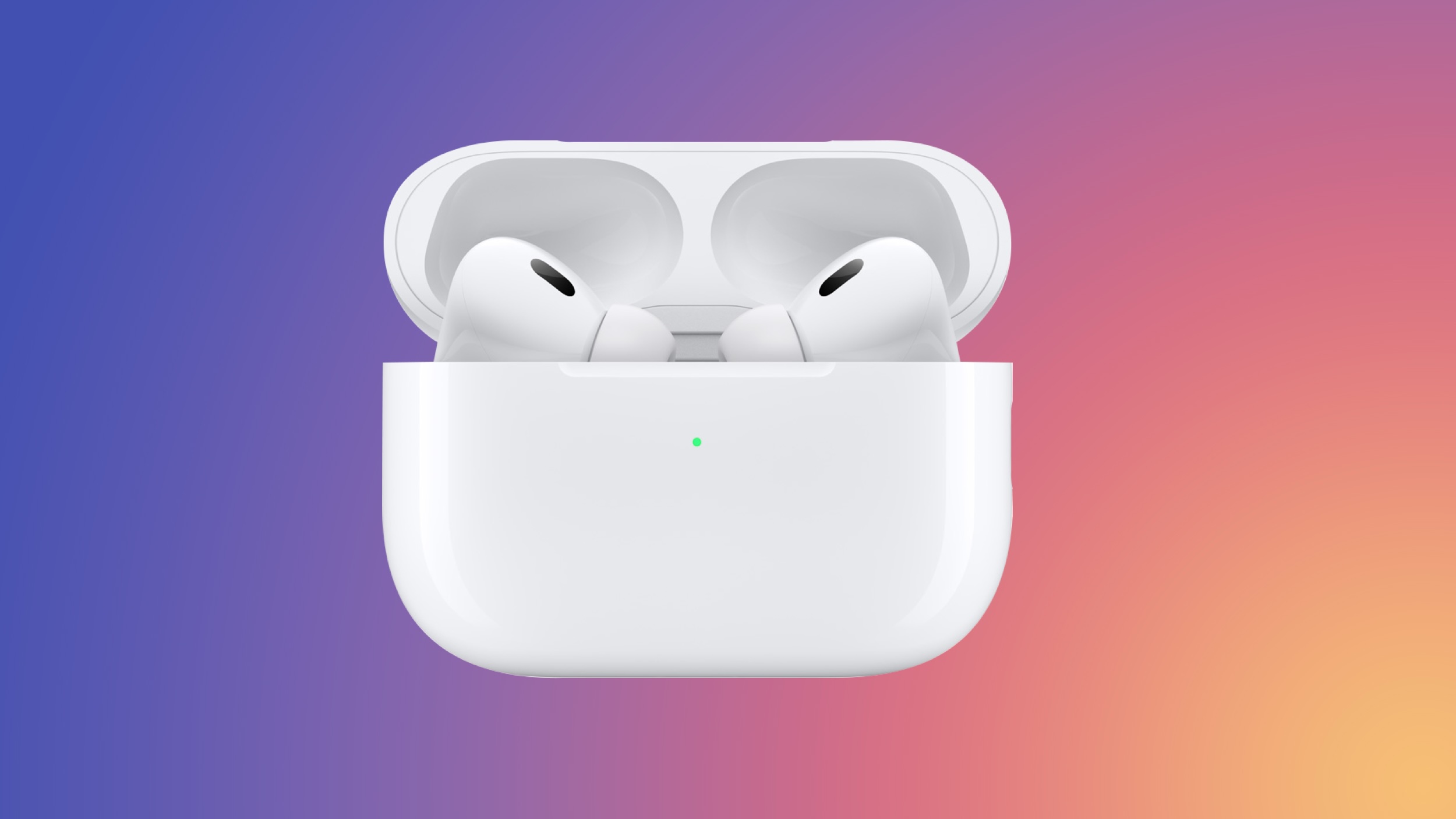Everything you need to know about Thread: Complete guide to the wireless smart home protocol

Though it’s attractive to imagine that the devices in your smart home system are all joined together through whimsy and wonder, it’s actually rigorous wireless protocols performing the magic – and Thread is the latest you need to know about.
Up until now, much of the conversation regarding smart home protocols has centred around Z-Wave and Zigbee. Thread, though, is aiming to one-up these mesh networks by solving some long-standing issues.
It may not quite be a household name just yet, but Thread is starting to gain some momentum with companies like Apple, Google, Nanoleaf and Eve.
That’s why, below, we’ll be explaining everything you need to know about Thread – what exactly it is, how it affects your smart home and how it differs from what we’ve seen so far.
What is Thread?
In simple terms, Thread is a low-power wireless radio protocol for the smart home that allows devices to ‘talk’ directly to each other.
Unlike Zigbee and Z-Wave, Thread creates a mesh network by making each device in your arsenal an access point.
So, rather than each individual device requiring communication with one hub-like access point, this shares the responsibility more evenly. Each Thread-enabled device will essentially be able to act as a mini-hub, which also means you don’t have to deal with third-party hubs, such as the Philips Hue Bridge or fourth-generation Amazon Echo.
How does Thread affect your smart home?
When compared with other wireless protocols, Thread offers a number of potential benefits.
In a nutshell, it should be able to offer your smart home faster responses, improved reliability and better security – all while consuming less power.
With Thread, because there is no central hub connected to a router, the connection between devices allows you to still control them even if one is unresponsive.
So, when creating routines, your typical smart home controller – usually operated by Google Assistant or Alexa – no longer has all the power. Your smart doorbell can still remain active via its direct link to your smart lights, for example.
It’s also low latency, unlike Bluetooth, say, which can often lag considerably between your command and the action. This means it will offer similar high-speed exchanges to Z-Wave and Zigbee, with one crucial difference – Apple supports it.
Thread takes advantage of the efficient IEEE 802.15.4 MAC/PHY protocol, too, which means that enabled devices consume less energy. This is particularly to the benefit of battery-powered devices, like some doorbells, as they should be able to operate for longer between charges.
Thread is also a very secure system. Thanks to AES encryption, the Thread Group indicates it’s able to close holes that exist in other protocols.
Zigbee and Z-Wave also use this, though Thread has the advantage of backing this up with banking-standard cryptography. Devices in the network create secure individual connections with each other, which the Thread Group claims is more difficult to hack. However, it is worth pointing out that Z-Wave, for example, has never been hacked outside of a lab setting, either.
How many devices can Thread support?
The Thread Group indicates that a network can support over 250 devices with multiple hops, which is plenty – even if you have a well developed smart home.
Who is behind Thread?
The group behind Thread – the Thread Group, as it happens – are less of a commercial entity and more of a not-for-profit organisation. Its board includes executives from tech’s biggest names, including Google, Apple and Qualcomm.
Rather than turn a profit or act as a standards body, the Thread Group is more concerned with educating the community and improving the smart home. Since co-operation is needed by more than just the three major names driving the smart home – Amazon, Google and Apple – the likes of LG, Signify, Samsung, Bosch, and Yale are also involved.
It also performs certifications on Thread-compatible products, naturally.
Which smart home devices support Thread?

More and more devices are starting to launch with Thread capabilities. The most notable examples are probably the Apple HomePod Mini and Google Nest Hub Max, though Nanoleaf has announced Thread will be in all future products, and the Eve Energy and Eve Aqua now also have support.
Interestingly, as we saw with Eve, any device supporting the IEEE 802.15.4 protocol can become Thread-ready (Thready?) through a software update.
Here are the most well-known devices supporting Thread currently.
- Apple HomePod Mini
- Eve Energy smart plug
- Eve Window and Door sensors
- Eve Aqua
- Google Nest Wifi
- Google Nest Hub Max
- Nanoleaf Essential A19 smart bulb
- Nanoleaf Essentials smart light strip
How does Thread work with Matter?

For the uninitiated, Matter is a new wireless standard aiming to unify smart home devices under one certification to make things easier for both developers and consumers.
We’ve detailed some of the finer points in our complete guide to Matter, but Thread is expected to play a very important role in its future – which begins with device certification in 2021 – since it will use both Thread radios and Wi-Fi to connect devices (and Bluetooth for setup).
Seemingly, then, Matter certification for new devices will bypass Zigbee and Z-Wave, with devices featuring Thread radios – like the ones listed above – ostensibly already prepared for retrospective approval.
Since Thread represents a bit of a step-on from the mesh networking capabilities of these older standards, Matter prioritising it in the new, unified smart home world does make sense – at least on paper.
In reality, this partnership will likely lead to some smart home devices being left behind, and, perhaps, underscores the importance of a Thread radio is in existing smart home devices.




